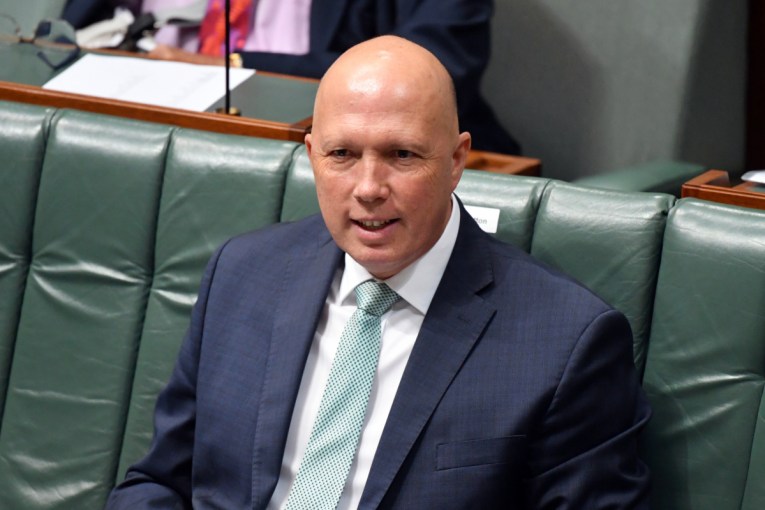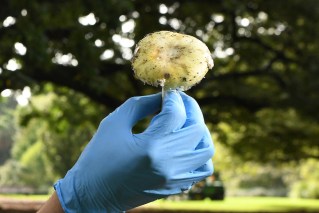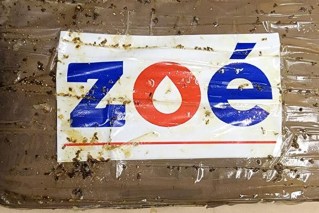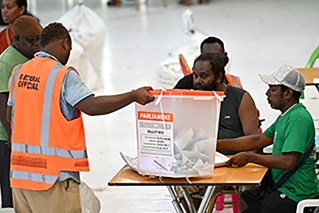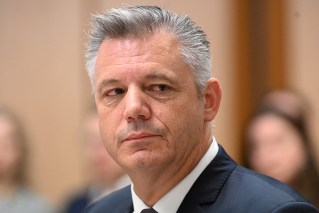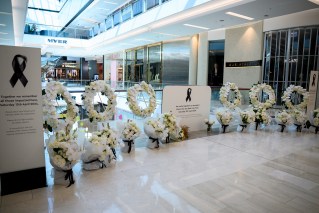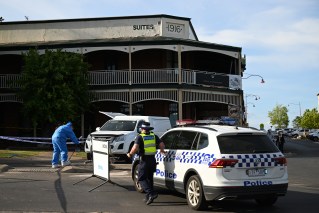Sorry, Gladys: Top epidemiologist rates Victoria’s contact tracing as the ‘gold standard’

Victoria has ramped up its highly criticised contact tracing system to a “gold standard”, according to a leading epidemiologist who says only “toxic” politics is preventing border openings.
Remarks by New South Wales Premier Gladys Berejiklian have overshadowed just how much Victoria has improved the speed with which it can now identify new clusters and stop community transmission of the coronavirus.
Professor Mike Toole, an epidemiologist at the Burnet Institute, said Victoria is on par with NSW, and the two states compare “very favourably” with the contact tracing systems in only about five other countries.

Contact tracing has been massively improved in Victoria, experts say.
“We’re doing really well compared with anyone else in the world,” Professor Toole said.
The contact tracing strategies in Victoria and NSW are comparable with South Korea, Japan, Vietnam, Hong Kong, and Thailand, which have the best practices for stemming outbreaks and identifying and managing close contacts in a timely fashion, Professor Toole said.
But for NSW to open its borders to Victoria, Ms Berejiklian insists the state must demonstrate it has “the capacity to get on top of any outbreaks, because there will be”.
Professor Toole said this was “highly unfair” because “Victoria has been able to ramp up contact tracing to, I think, a gold standard.
“I think the politics has been toxic.”
After analysing the number of active cases and community transmissions in Victoria and NSW in the last three to four weeks, he said the two states are not dissimilar when it comes to speed.
“I’d say they’re on a par. There’s no difference.”
How much has Victoria improved?
To see how much Victoria has improved since the height of the second wave, Professor Toole looked back to July 13 when there were 1800 active cases, mostly in Melbourne.
Using a fairly conservative estimate of the number of contacts an infected person might have – a number he put at 10 – he said a total of at least 18,000 people had been exposed to the coronavirus.
Given the difficulty of finding data on how many contact tracers Victoria had at the time, an educated guess would suggest there were about 1000 people who probably worked in teams of two, each responsible for getting the message across to at least 36 close contacts.
Meanwhile, the 14-day average for new cases was 134, making for about 1340 new close contacts every day. Each team would have been designated an average of three new close contacts to investigate daily.
Fast track to August 14, at the height of the second wave, and the number of active cases was about seven times higher than in mid-July.

ADF personnel were deployed in Victoria to help fight the coronavirus outbreak. Photo: Getty
To be exact, there were 7877 active cases, making for an estimated total of about 78,770 close contacts. Professor Toole put the number of contact tracers at 2000, meaning each team was responsible for 78 close contacts.
Melbourne also averaged 424 new cases a day. That’s 4240 close contacts and an average of four new people each team would have had to trace on a day-to-day basis, Professor Toole said.
Now fast track to October 27, when Victoria had just 80 active cases.
Because local authorities are going so far as to locate anyone who was in contact with an infected person before they became sick with the coronavirus – known as ‘upstream’ contact tracing – Professor Toole doubled the number of contacts to 20 per case (1600 in total).
Professor Toole said each team of contact tracers would have been tasked with tracking down fewer than two close contacts.
The majority of contact tracers wouldn’t have had any extra people to trace given the 14-day rolling average for Melbourne was only about three, he said.
Ahead of NSW?
Professor Catherine Bennett, chair in epidemiology at Deakin University, said the contract tracing systems in Australia are “as good as anywhere”.
“We’re getting to our cases – 100 per cent of them – within 24 hours,” Professor Bennett said.
In Victoria, that includes the close contacts of close contacts of cases, 100 per cent of whom are being contacted within 48 hours, she said.
“You couldn’t argue any state is lagging behind. Victoria is right up there.
“And given that they’re routinely going to the extra ring of contacts, those people who share the home even with a close contact, before we know the close contact actually has become a case themselves, then arguably, that could put us ahead of NSW if they’re not doing that as the standard follow up.”
Victorian authorities are being “incredibly thorough” by practising ‘upstream’ contact tracing, Professor Bennett said.
“We’re seeing it with these cases now, where they’re probing whether they’re actually older cases or making sure they’re not false positives.
“And if these are genuine cases, going back, and even doing blood tests to see if people could have given it to them who may not be symptomatic or test positive now, but trying to work backwards through people’s antibody history to tell us where that chain of transmission might be.”
